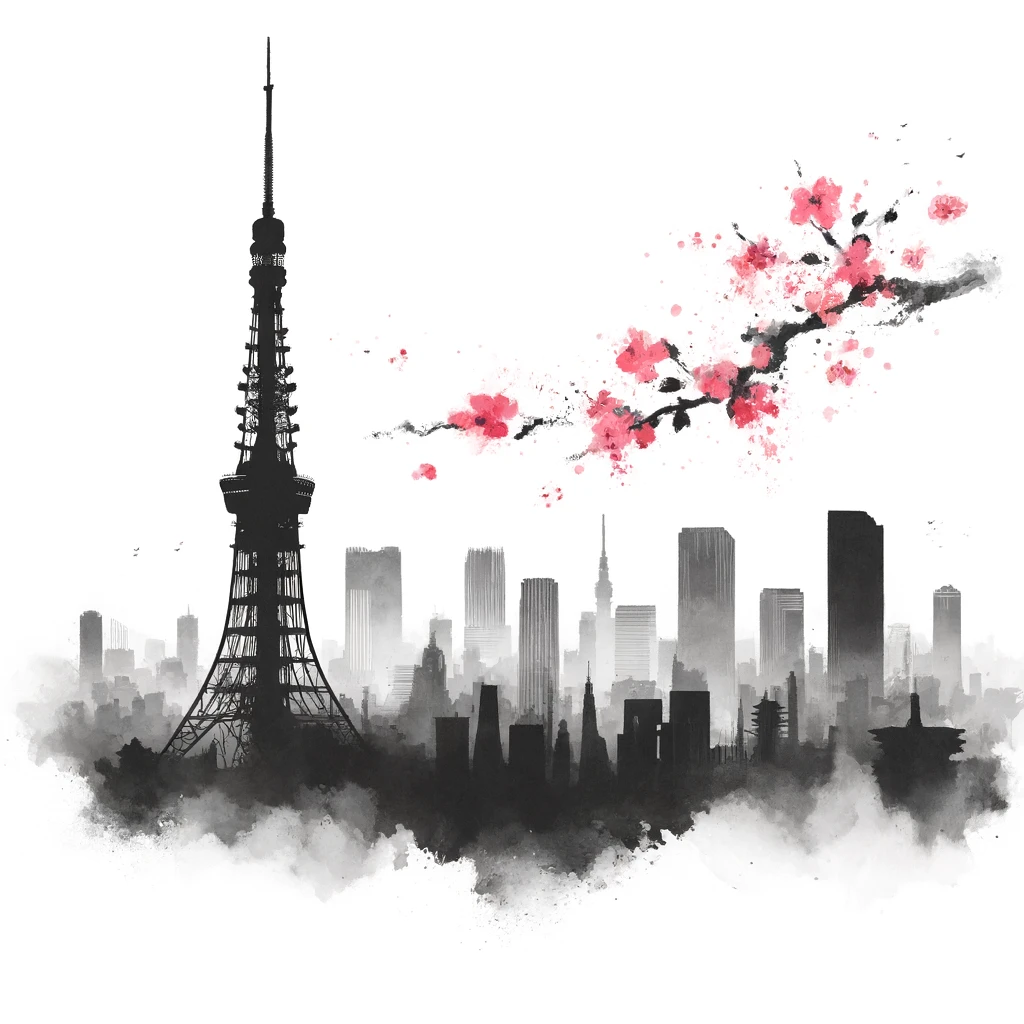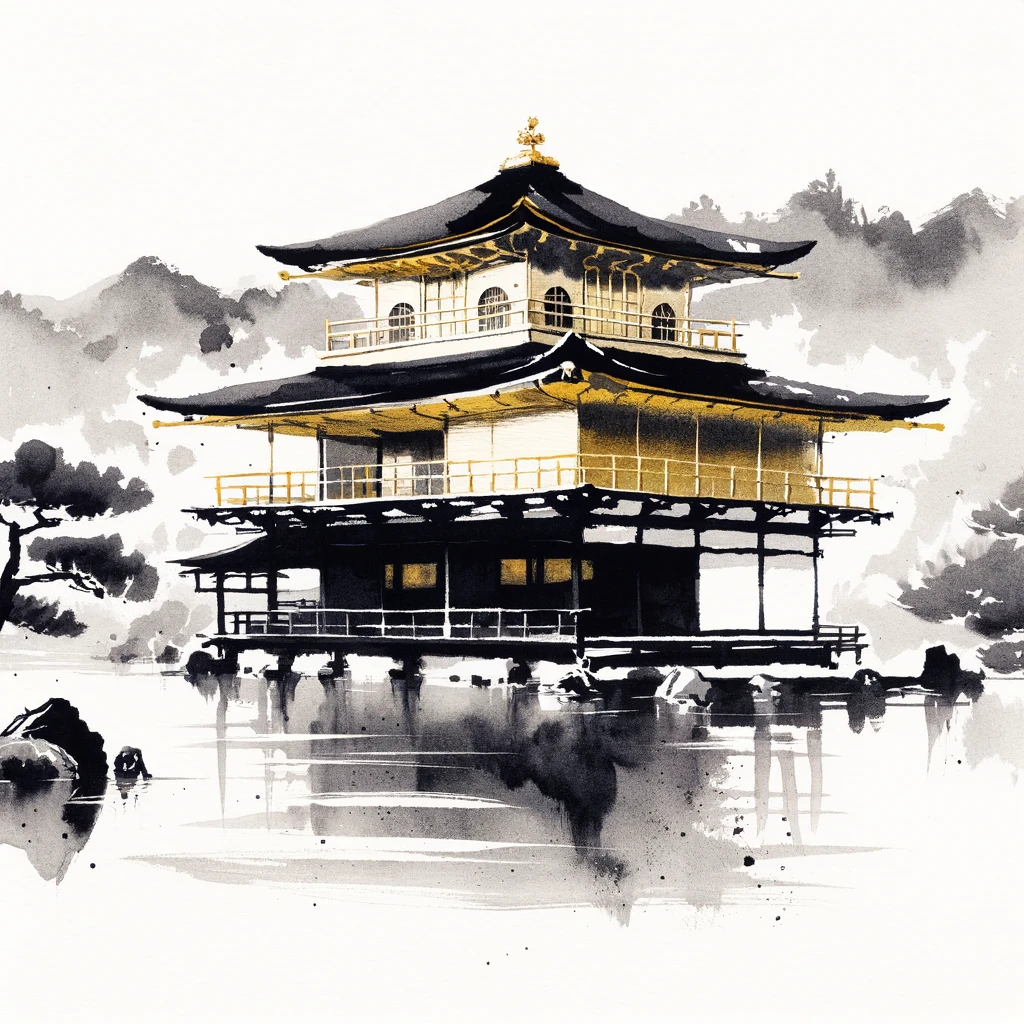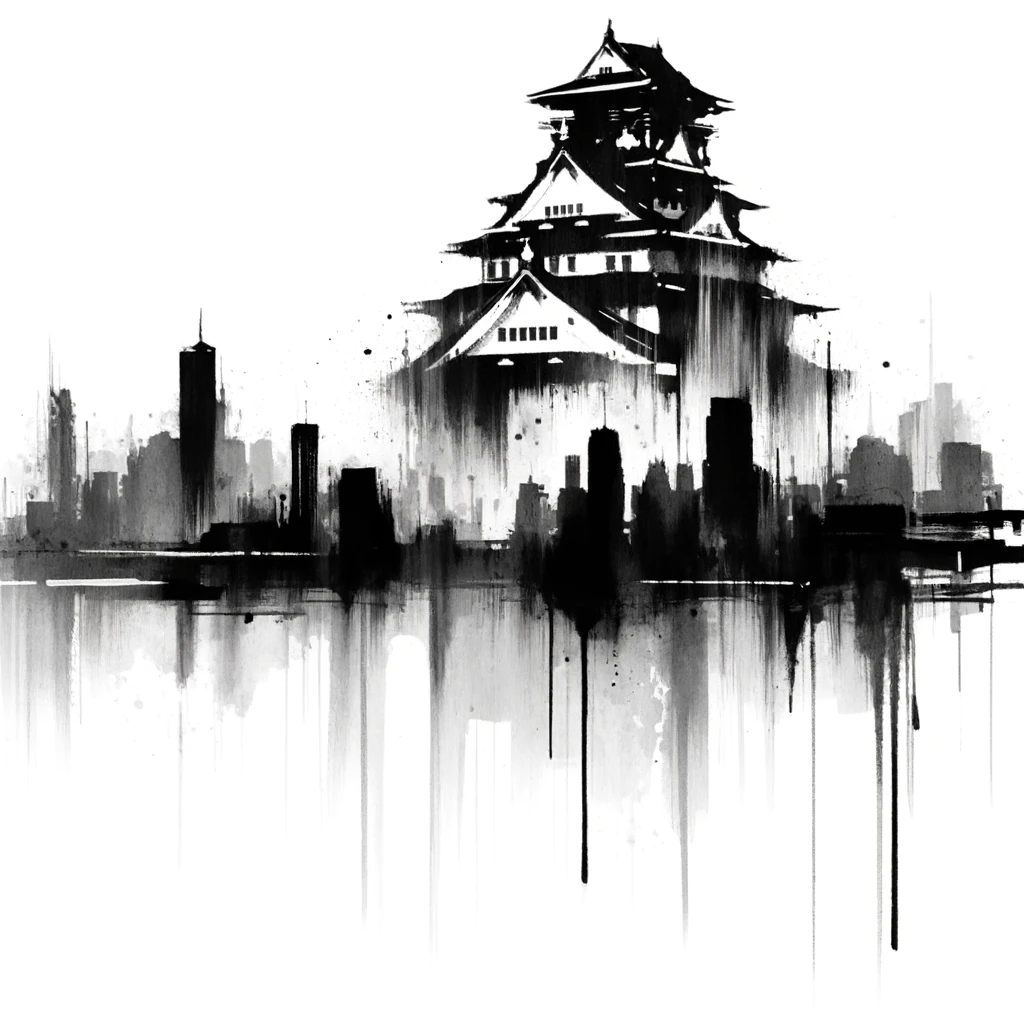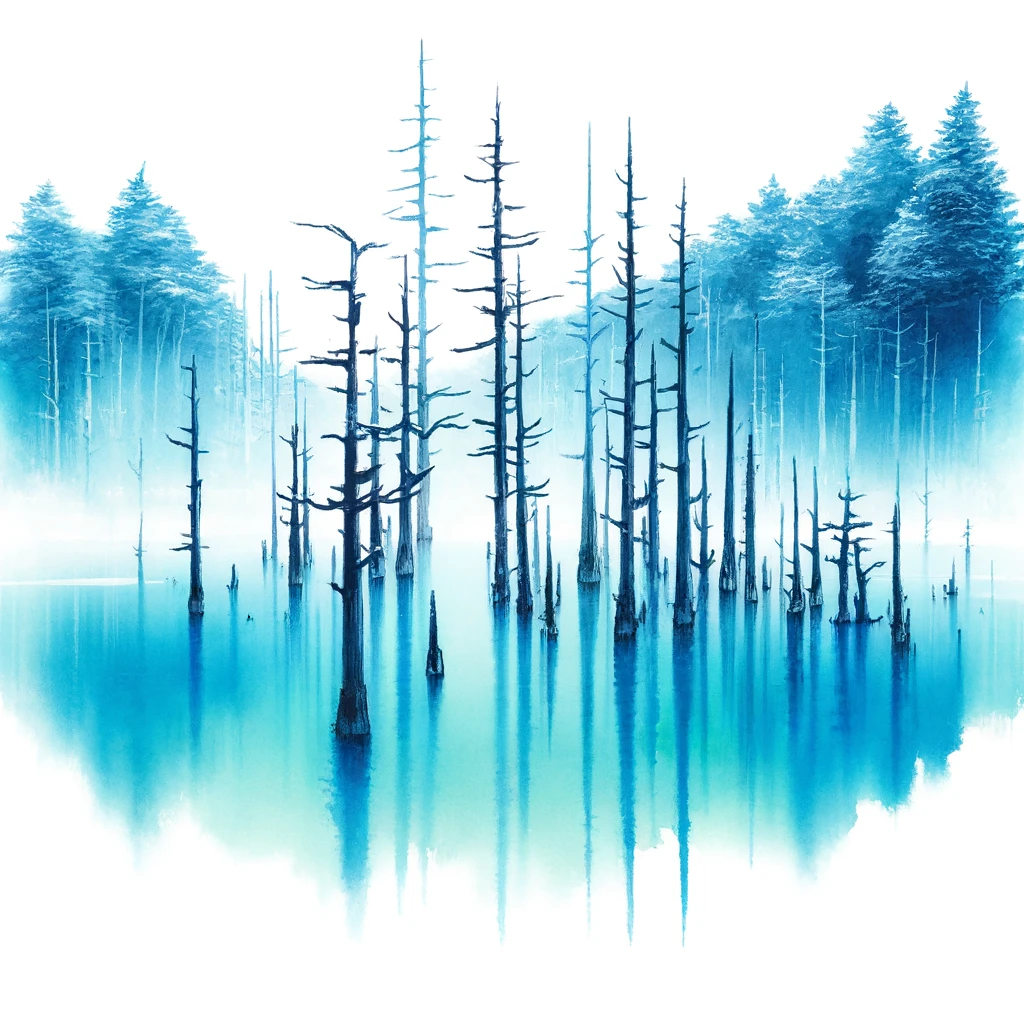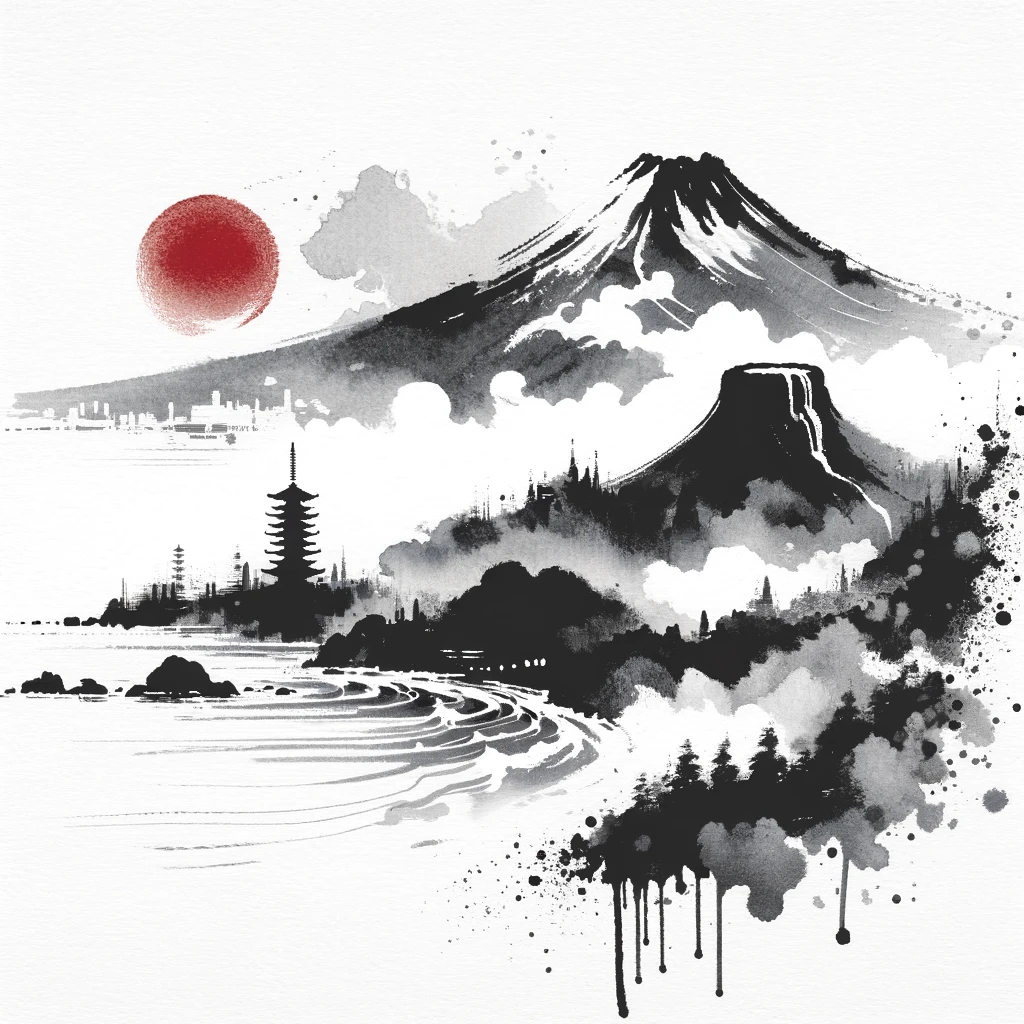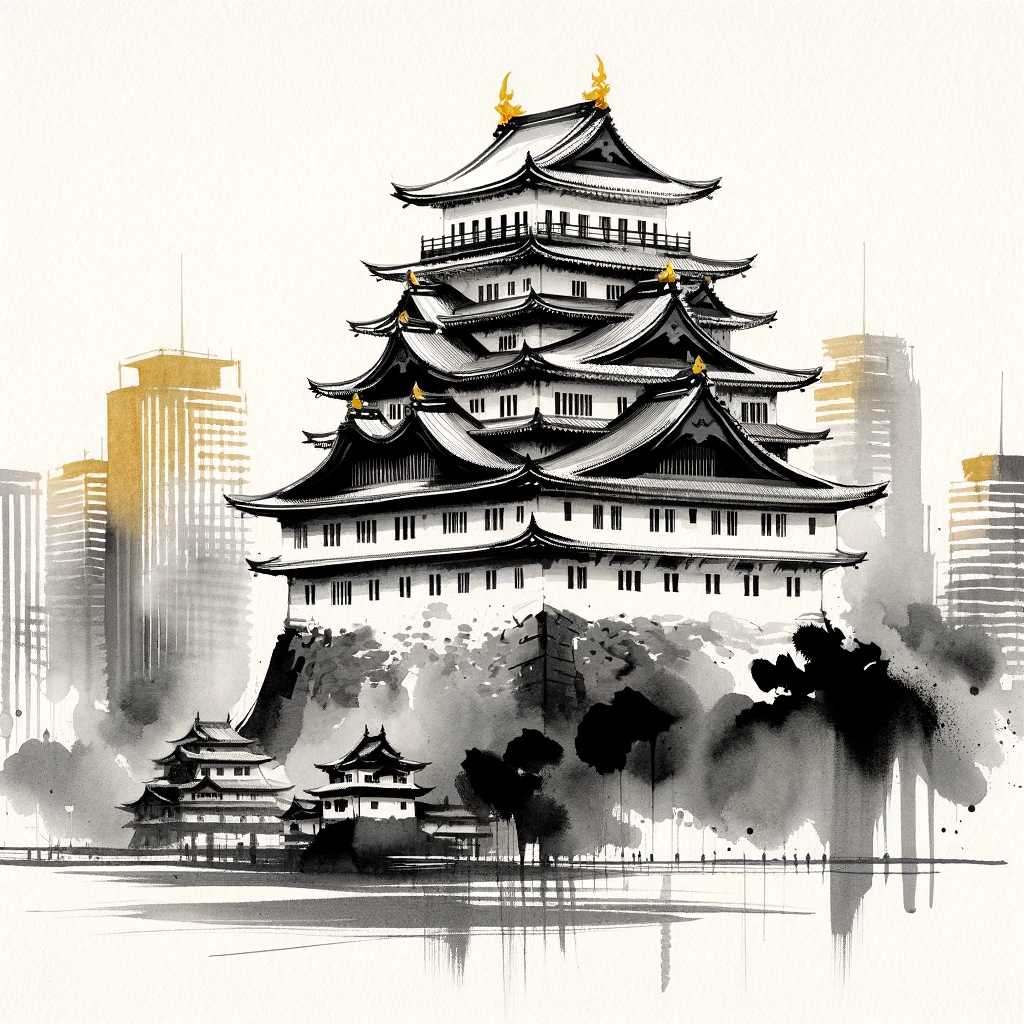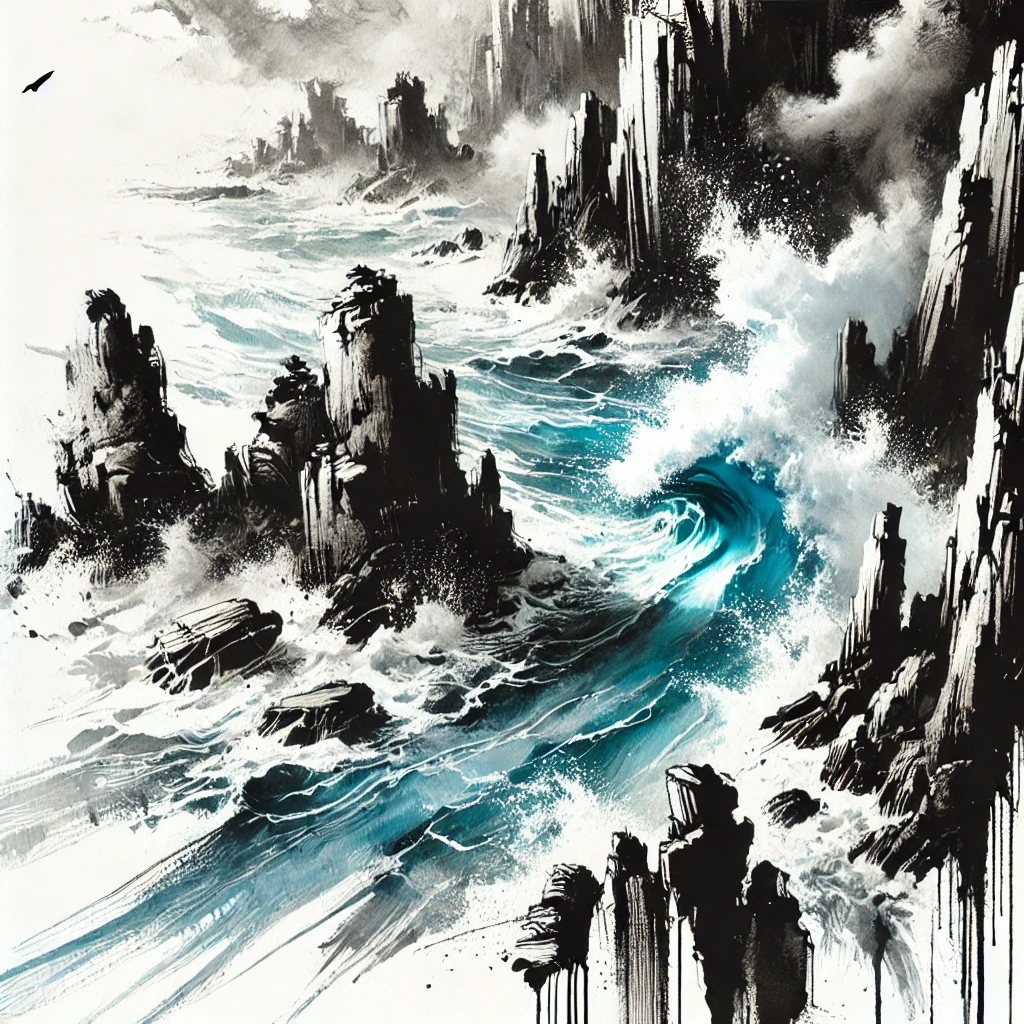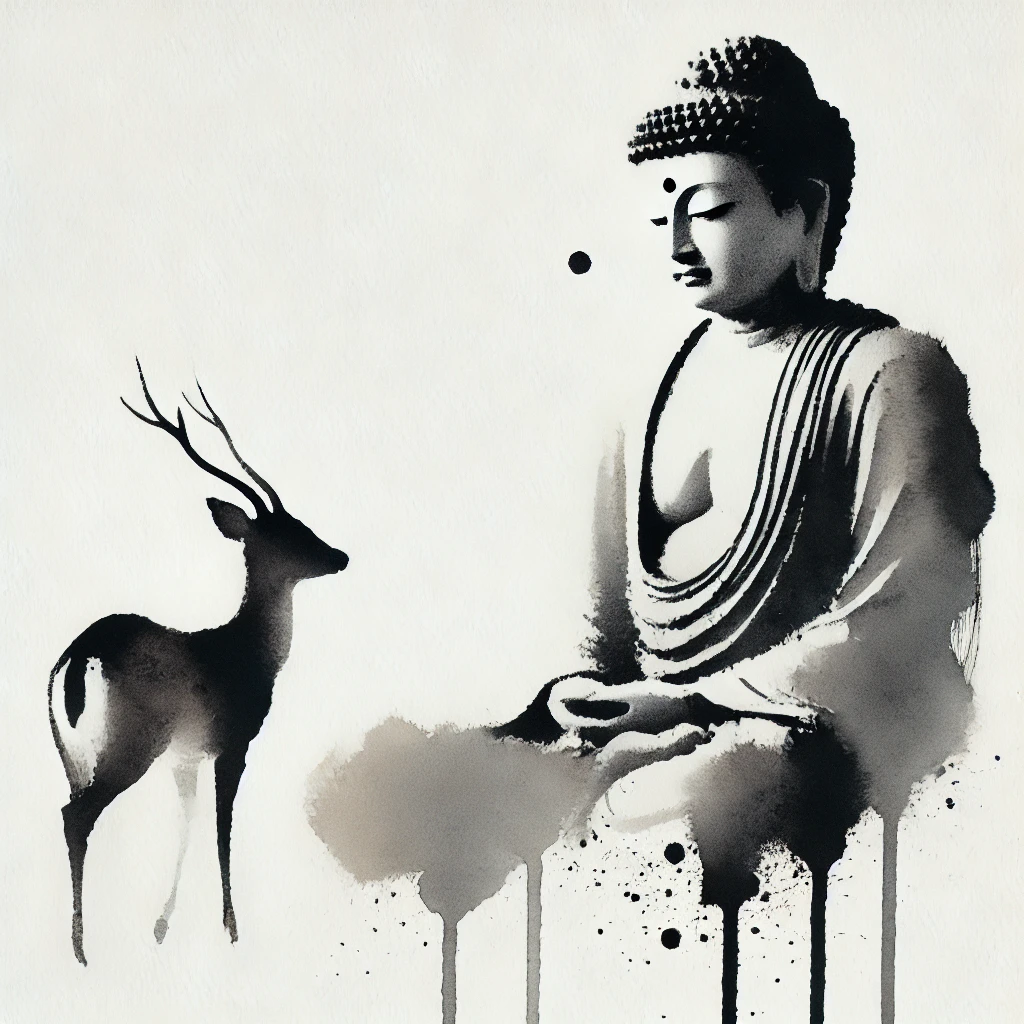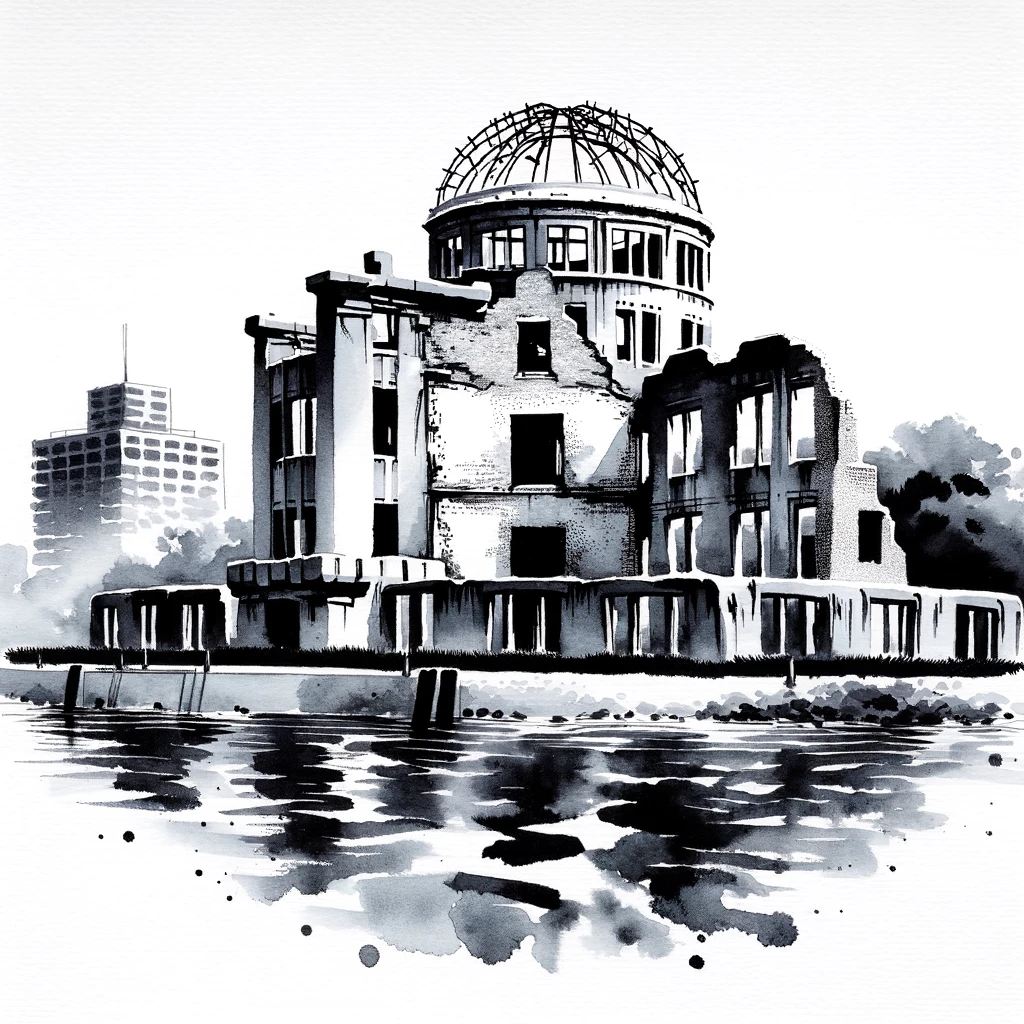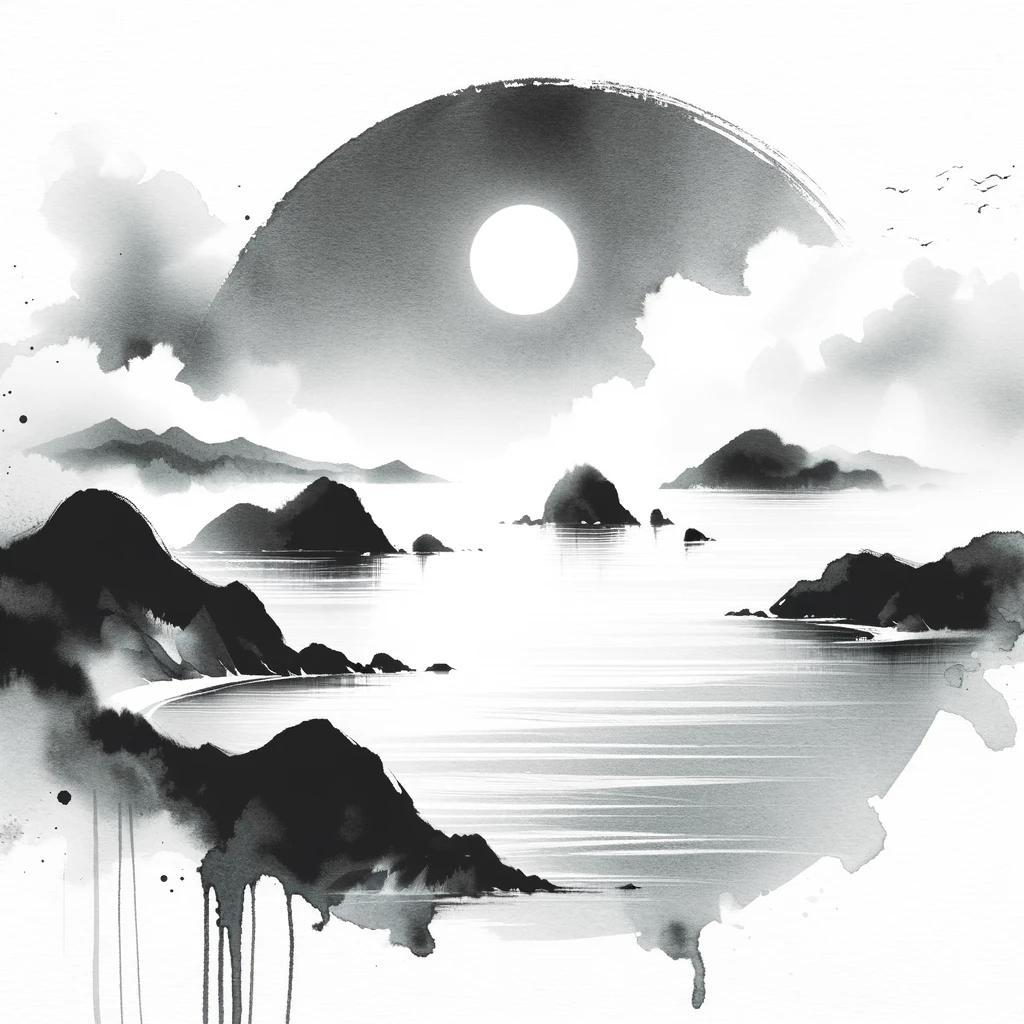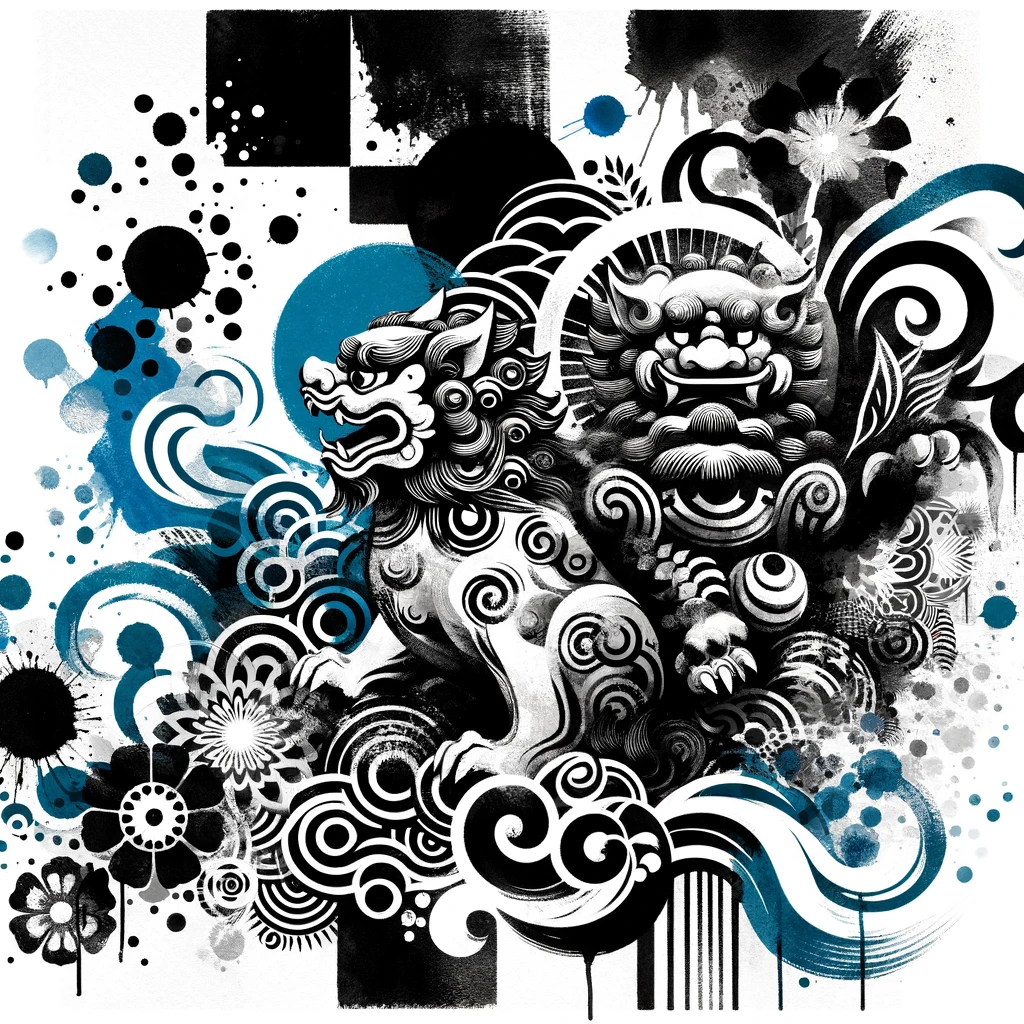
We value your feedback 👀. To make your travels more comfortable, please help us improve by taking our short survey 🫶🏻
Take the Survey 🙌🏻Articles
Read More →Next Four Dishes After Sushi and Ramen
A practical guide exploring Japanese flavors through four key dishes—Oden, Grilled Eel, Okonomiyaki, and Donburi—covering their history, regional variations, and how to experience them in different areas, from Tokyo to Osaka, Nagoya, Shizuoka, Kanazawa, and Hokkaido. This narrative-style guide aims to inspire immediate culinary adventures.
Ancient Swords Reflecting the Heart of the Japanese People
An introductory article gently unraveling the Japanese spirit and history embedded in ancient swords, focusing on prayerful forging, the aesthetic of objects, and the reverence of Bushido. Through the breath of the eras reflected in the curvature and hamon of the steel, it quietly questions what we have protected and overcome.
Complete Guide to Shinkansen for Foreign Travelers Visiting Japan
Japan's Shinkansen (bullet train) is a world-leading high-speed railway system, ranging from short trips between Tokyo and Kyoto to long-distance travel from Hokkaido to Kyushu, with speeds approaching 300 km/h. This guide aims to assist first-time visitors to Japan in traveling smoothly on the Shinkansen, covering differences among JR companies, ticket types and purchase methods, online reservations, luggage regulations, and special passes designed for foreign tourists.
Beginner's Guide to Shrine Worship - How to Pass Through the Torii and Japanese Spirituality Explained
A detailed explanation of the correct way to worship at Japanese shrines. Covers the meaning of the torii, the etiquette of 'two bows, two claps, one bow,' the centuries-old sacred forests, the relationship between the Emperor and Shinto, and an easy-to-understand introduction to Japan's spiritual culture.
How to Eat Sushi in Japan: The Complete Etiquette Guide for First-Time Visitors
Essential sushi etiquette for first-time visitors: hands vs. chopsticks, proper soy-sauce dip, seasonal fish, and conveyor-belt tips in Japan.
Top 10 Overcrowded & Price-Hiking Tourist Spots in Japan - Complete Guide 2024-2025
An in-depth analysis of congestion and rising accommodation costs at major tourist destinations in Japan for international travelers visiting in 2024–2025. Covers worth visiting spots, tips to avoid crowds, alternative locations, and supports planning a comfortable and sustainable trip.
